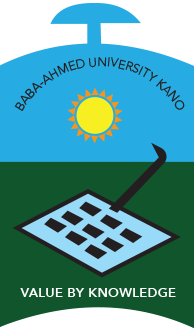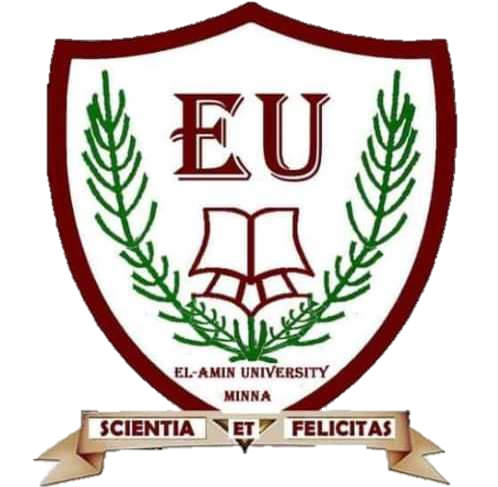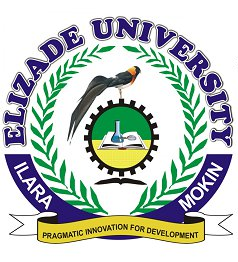Computer Science Keypoints: Algorithm and Flowcharts; In the world of computer science and programming, Algorithms and Flowcharts serve as fundamental tools for designing and representing the logical steps in problem-solving. This exploration delves into the definitions, functions, properties of algorithms, and the various symbols used in flowcharts.
Study other Computer Science Keypoints here
Computer Science Keypoints: Algorithm and Flowcharts
(a) Definitions:
i. Define Algorithm and Flowchart:
- Algorithm: An algorithm is a step-by-step procedure or a set of rules designed to solve a specific problem or perform a particular task. It provides a clear and unambiguous description of how to carry out a computation or solve a problem.
- Flowchart: A flowchart is a visual representation of a process or algorithm, using different shapes and arrows to depict the steps involved. It provides a clear and concise way to understand the logical flow of a program or process.
(b) Functions of Algorithms:
ii. State Functions of Algorithms:
Algorithms are versatile tools used for various functions, including:
- Calculations: Algorithms are employed to perform mathematical computations or numerical operations.
- Data Processing: They are used for organizing, manipulating, and processing data efficiently.
- Automated Reasoning: Algorithms are designed to automate logical reasoning processes, making decisions based on predefined conditions.
(c) Properties of Algorithm:
iii. State and Explain the Properties of Algorithm:
- Input Specified: Algorithms take input, and each step is designed to process the input to produce the desired output.
- Output Specified: The algorithm produces a clear and unambiguous output based on the given input.
- Definiteness: Every step in the algorithm must be precisely defined, leaving no room for ambiguity.
- Effectiveness: An algorithm should be effective in solving the problem for which it is designed, providing a solution within a reasonable amount of time.
- Finiteness: The algorithm must have a finite number of steps, ensuring that it eventually halts and produces a result.
(d) Flowchart Symbols:
iv. Identify Flowchart Symbols:
Flowcharts use various symbols to represent different elements in a process:
- Start/End: Represents the beginning or end of a process.
- Input/Output: Indicates the input or output of data.
- Process: Represents a specific operation or computation.
- Decision: Represents a decision point with branching based on a condition.
- Stop: Represents the endpoint of a process.
- Loop: Represents a loop or repetition in the process.
- Continuation: Indicates the flow continues to another part of the flowchart.
Conclusion:
In conclusion, algorithms and flowcharts are essential tools in the world of programming, providing a systematic and visual approach to problem-solving. Understanding the properties of algorithms and the symbols used in flowcharts is crucial for effective communication and design of logical processes. Together, they form a foundational framework for translating problem statements into executable solutions.












